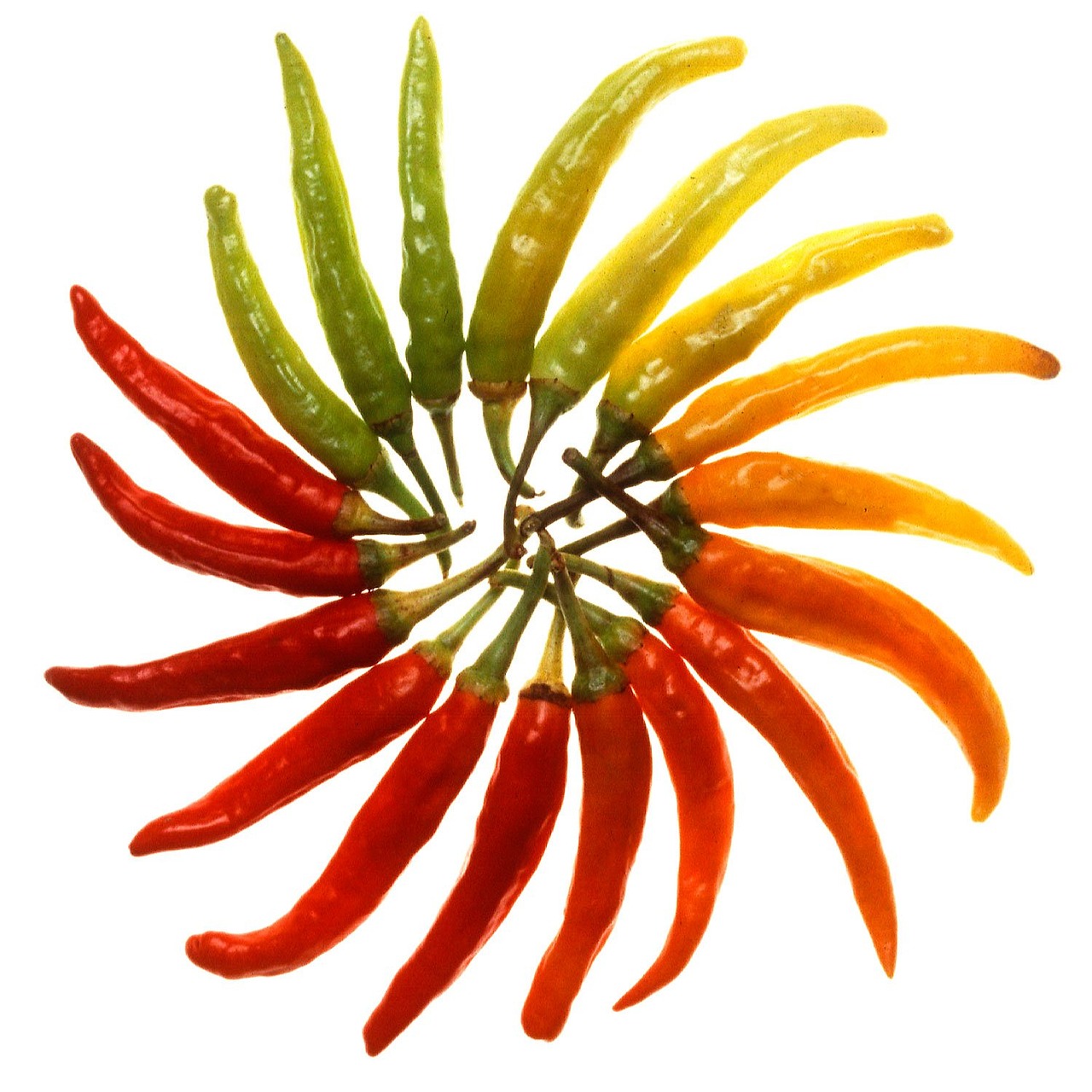The Frontline of Capsaicin Biosynthesis Research
Spicy food is enjoyed all over the world. While the stimulating spiciness can stimulate appetite, the active component causing the spiciness, capsaicin, is also being researched for its health benefits, such as increasing metabolic activity. Surprisingly, much about the biosynthetic pathway of capsaicin remains unclear, making it difficult to breed varieties with higher spiciness through genetic breeding. Therefore, by comparing the genes of “spicy strains” and “non-spicy strains” of chili peppers, genes involved in capsaicin biosynthesis are beginning to be identified.
Discovery of Genes for Capsaicin Production and Storage
DNA was extracted from the “spicy strains” and “non-spicy strains” of chili peppers, and their entire genomes were analyzed. Comparing the differences between the two strains, it was found that these differences likely influence the biosynthesis of capsaicin, the main component of spiciness. The analysis revealed that in the “non-spicy strain,” the gene for the capsaicin synthesis pathway was broken. Strengthening this gene might make it possible to produce spicier strains. Moreover, it’s not enough to just produce capsaicin; storing the produced capsaicin is also important. The comparison of the two strains also identified the gene responsible for “storing” the spiciness.
The Sky’s the Limit for Scoville Units
Genes related to the biosynthesis and storage of capsaicin have been identified. It won’t be long before this is applied to breed even spicier chili peppers. Currently, the spiciest chili pepper in the world is the “Pepper X” with a Scoville Heat Unit (SHU) of 2,693,000, an incredibly hot pepper registered in the Guinness World Records in August 2023, though it took four years to measure (laughs). By the way, the Scoville rating for Takanotsume peppers is between 40,000 and 50,000. That’s intense.
As mentioned earlier, capsaicin not only provides spiciness but also has potential health benefits. If these results can be applied, efficient capsaicin production will be possible. Although climate change suggests the possibility of reduced production areas, creating chili peppers with high capsaicin content could lead to efficient utilization of capsaicin. Let’s look forward to the next super spicy chili pepper being reported.



コメント